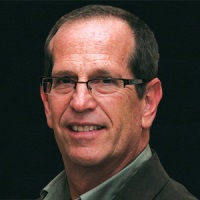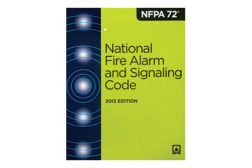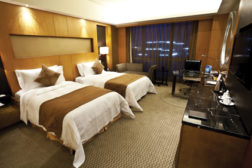Home » Keywords: » NFPA 72
Items Tagged with 'NFPA 72'
ARTICLES
NFPA 72: 2013 Brings Changes and Updates to Fire Alarm & Signaling Code
Think of NFPA 72®: 2013 as a better-organized 2010 edition with updated requirements for inspection, testing and signaling precedence.
June 9, 2014
Commercial CO Detection Requirements on the Rise
Authorities increasingly are mandating carbon monoxide detection for certain commercial buildings, driven by new standard and code requirements.
May 18, 2012
Shedding Light on UL Listings
The basis of a UL listing for a central station means it and the services it provides have been evaluated for compliance with the applicable UL standards. Now what does that mean to you, the security dealer?
March 21, 2012
Be in the forefront of security intelligence when you receive SDM.
Join over 10,000+ professionals when you subscribe today.
SIGN UP TODAY!Copyright ©2024. All Rights Reserved BNP Media.
Design, CMS, Hosting & Web Development :: ePublishing










